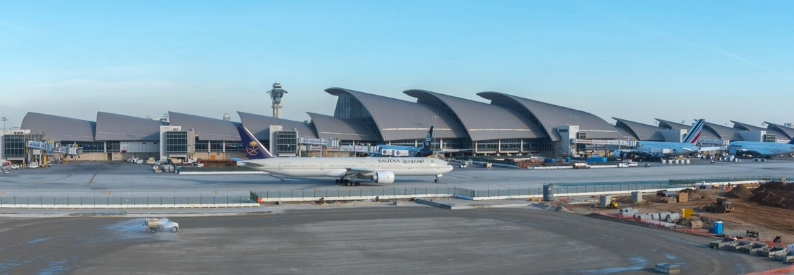Airports Achieve Carbon, Cargo and Security Milestones

Los Angeles International Airport has earned a Level 4 accreditation under the Airports Council International Airport Carbon Accreditation program, marking a significant advance in its sustainability efforts. Operated by Los Angeles World Airports, LAX now measures carbon emissions from both airport authority operations and third‑party activities on site, and has demonstrated measurable emissions reductions. In 2023, the airport reduced non‑aviation energy consumption per passenger by 26 percent compared with 2011 levels, achieving the goal two years ahead of schedule. Level 4 status recognizes this progress and positions LAX one step below the ultimate Level 5 net‑zero accreditation, which requires full decarbonization across all emission scopes by 2050.
Meanwhile, Casablanca Mohammed V International Airport is planning a major expansion with a new $1.5 billion hub‑style terminal set to open in 2029. The project overseen by Morocco’s National Airports Office will increase annual capacity to 20 million passengers and enhance connections across Africa, Europe and the Middle East. The facility’s design emphasizes streamlined passenger flows and state‑of‑the‑art amenities, reflecting North Africa’s growing role in global aviation.
On the cargo front, Hong Kong International Airport reclaimed its title as the world’s busiest cargo hub in 2024, handling 4.9 million metric tons of freight—a 14.1 percent increase year‑over‑year. According to Airports Council International World, combined volumes among the top ten cargo airports rose 9.3 percent to 32.3 million metric tons, accounting for nearly 26 percent of global air cargo. Shanghai Pudong International ranked second with 3.8 million metric tons, up 9.8 percent, while Memphis International, FedEx’s main hub, moved into third with 3.7 million metric tons despite a 3.3 percent drop. Anchorage, Louisville, Seoul Incheon, Miami, Doha, Guangzhou and Taipei rounded out the top ten. As global e‑commerce demand grows and maritime disruptions persist, airfreight volumes continue to surge.
In New Delhi, Indira Gandhi International Airport is trialing four advanced full‑body scanners at security checkpoints starting in May. Two machines have been installed in Terminal 1 and two in Terminal 3, with a four‑month evaluation period ahead. The scanners detect metallic and non‑metallic threats—including explosives—in just three seconds, processing up to 1,200 passengers per hour. They generate a 2D silhouette on a preset avatar without storing images, preserving privacy while speeding security lines. DEL’s CEO Videh Kumar Jaipuriar hailed the technology as a “game‑changer in security screening,” promising faster checks and reduced passenger inconvenience.
In Brazil, six airports operated by Aena Brasil in the northeast have achieved Level 1 accreditation in the ACI Airport Carbon Accreditation program. Airports in Aracaju, Campina Grande, João Pessoa, Juazeiro do Norte, Maceió and Recife have mapped their carbon footprints, identified emission sources, and calculated annual greenhouse gas outputs. Aena Brasil plans to source 100 percent of terminal electricity from renewable sources and replace ground vehicles with cleaner‑energy alternatives. Their sustainability roadmap also includes enhanced waste management, emissions offsetting, and promotion of sustainable aviation fuel, with a clear path toward Level 2 accreditation.
Amid these developments, Hartsfield‑Jackson Atlanta International Airport maintained its status as the world’s busiest passenger airport in 2024, processing over 108 million travelers. As global aviation rebounds, these airport milestones in carbon management, cargo throughput, infrastructure expansion and security innovation demonstrate the industry’s commitment to resilience, efficiency and environmental stewardship.
Related News : https://suspicious-zhukovsky.67-21-117-18.plesk.page/category/air-travel-business/airline-finance/
